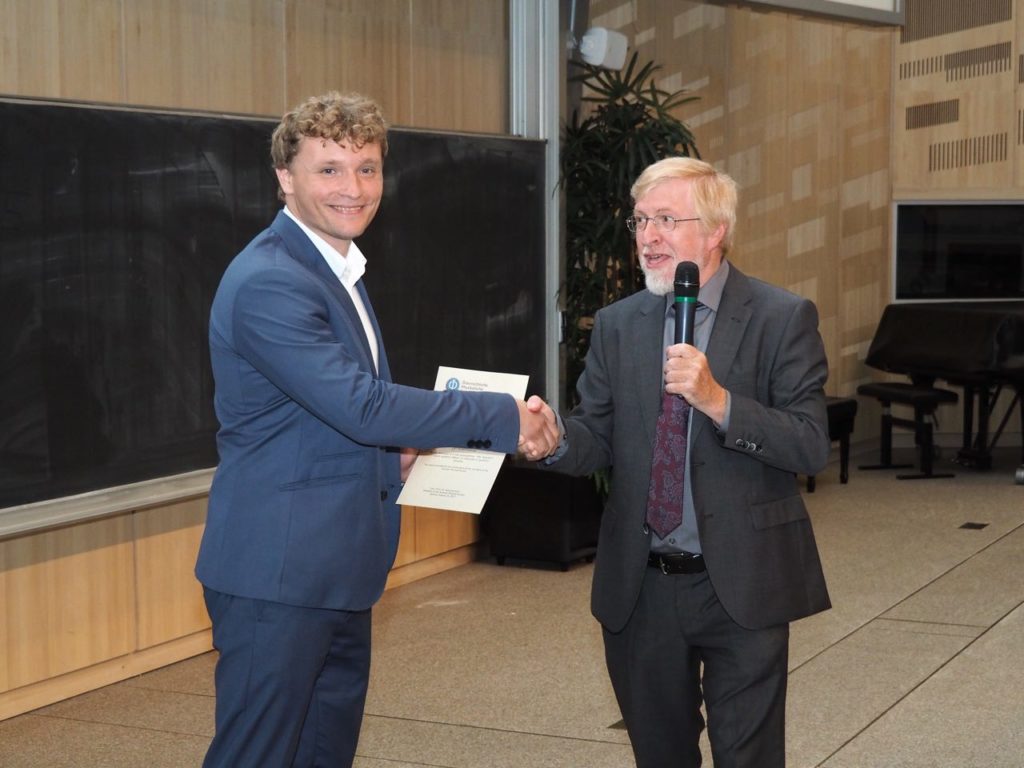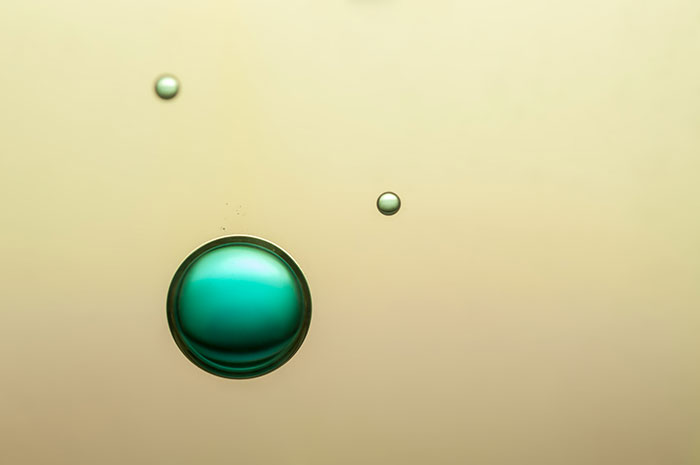Outstanding Scientific Achievement Award for Enderalp Yakaboylu
Enderalp has been awarded the Outstanding Scientific Achievement Award at IST Austria for the important results he published in 2017, including:
- E. Yakaboylu, A. Deuchert, M. Lemeshko
Emergence of non-abelian magnetic monopoles in a quantum impurity problem
Phys. Rev. Lett. 119, 235301 (2017)
- E. Yakaboylu, M. Lemeshko
Anomalous screening of quantum impurities by a neutral environment
Phys. Rev. Lett. 118, 085302 (2017)
- N. Camus*, E. Yakaboylu*, L. Fechner, M. Klaiber, M. Laux, Y. Mi, K. Z. Hatsagortsyan, Th. Pfeifer, Ch. H. Keitel, and R. Moshammer (* = equal contribution)
Experimental Evidence for Quantum Tunneling Time
Phys. Rev. Lett. 119, 023201 (2017)
Congratulations, Enderalp!

 Mikhail Lemeshko receives Boltzmann Prize from APS President Reinhold Koch (credits: Karl Riedling)
Mikhail Lemeshko receives Boltzmann Prize from APS President Reinhold Koch (credits: Karl Riedling)
